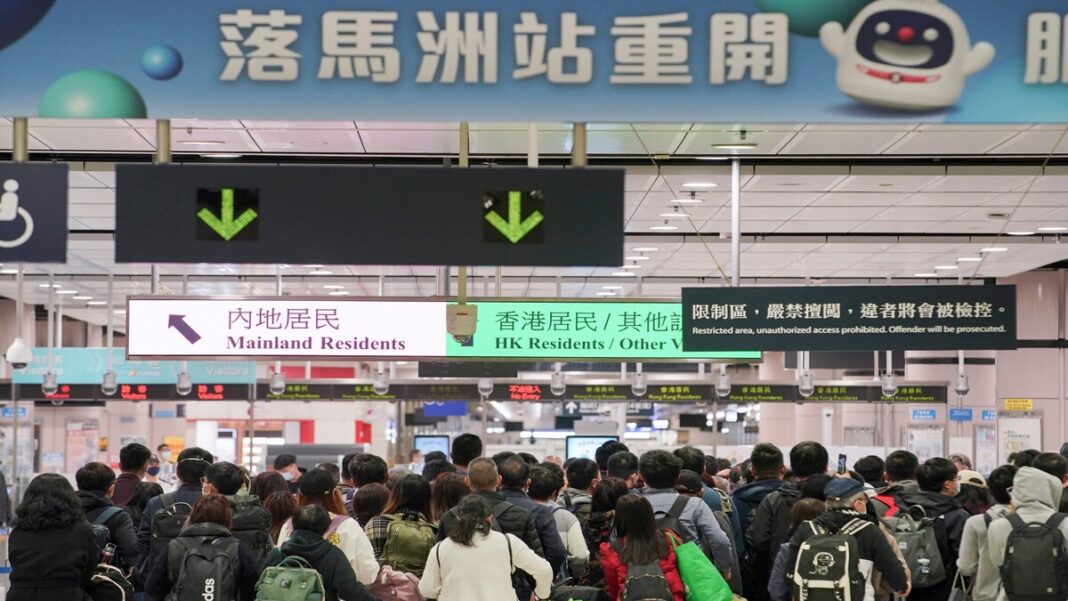CHINA: China has lifted quarantine curbs for inbound travelers, putting an end to nearly three years of self-imposed isolation as China’s spring festival Chun Yun—the world’s largest annual migration of people—kicks off.
On Saturday, Mainland China dismantled the last pillar of the “zero COVID” rule and opened its border to Hong Kong as it marked the first day of the 40-day period of Lunar New Year travel known as “chun yun,” bracing for a major rise in travellers amid a surge in COVID-19 cases.
This lunar new year’s public holiday, which officially falls on January 21, marks the first domestic travel without any restrictions since 2022.
On Sunday, after those regulations were finally repealed, travellers were allowed to enter China without being subject to quarantine, after nearly three years of being exposed to varying lengths of mandatory isolation.
At Pudong International Airport in Shanghai, a lady surnamed Pang told the media that she was thrilled with the modification in restrictions. She said, “I think it’s really good that the policy has changed now, it’s really humane.”
Following last month’s announcement by authorities that the quarantine would be lifted, Chinese citizens hurried to book vacations abroad, driving up inquiries on well-known travel websites.
The anticipated wave of visitors has led over a dozen countries to mandate COVID tests on travellers from the world’s most populous nation as it faces its worst-ever outbreak.
The outbreak is predicted to get worse as China enters the Lunar New Year holiday this month. During this period, millions of people are anticipated to travel from hard-hit megacities to the countryside to visit elderly relatives who are more sensitive to the disease.
Over 2 billion travellers are anticipated to take trips within the next 40 days, according to China’s ministry of transportation.
In the southern semi-autonomous city of Hongkong, China, strict cross-border travel regulations with the Chinese mainland were loosened on Sunday.
Families divided by the border are anticipating reunions over the lunar new year, and Hong Kong’s recession-stricken economy is keen to reestablish contact with its main source of growth.
Three land checkpoints will allow up to 50,000 Hong Kong residents to cross the border each day after registering online.
According to the mayor of the city, John Lee, an additional 10,000 people will be permitted entry by land, air, or bridges without having to register in advance.
Within a day of the new restrictions being revealed, more than 280,000 people had signed up to travel.
However, visitors from Hong Kong will still need to show proof of a negative nucleic acid test result acquired no more than 48 hours before departure.
Immigration officials would start issuing visas for people from the mainland to travel to Hong Kong and Macau “in accordance with the pandemic scenario and service capacities,” the city claimed.
The national airline of Hong Kong, Cathay Pacific, has said that it will significantly boost the number of its flights to the Chinese mainland.
Throughout Asia, tourist hotspots are getting ready for an increase in Chinese tourists.
Also Read: Ant’s Founder Jack Ma to Give Up Control after China’s Crackdown



